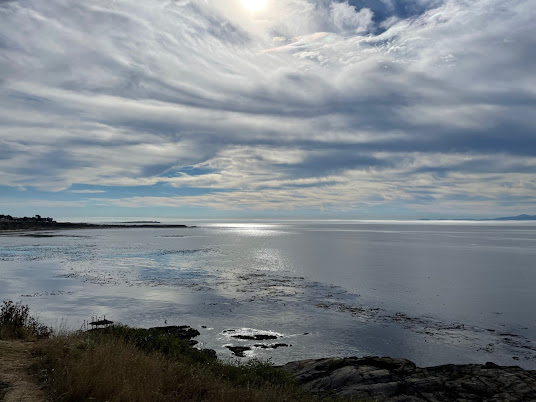Not so long ago, when it was safe to do so, I used to produce and host a monthly interdisciplinary event called fine. On the last Monday of the month, we’d all cram into the cozy confines of The Lido in Vancouver, BC, and listen to a wide array of emerging and established writers, comedians, and musicians do their thing. It was a pretty fun time, but full disclosure: I’m biased.
fine. started in January 2017 and over our run of doing live shows (and a few online ones in early 2020) we were fortunate to feature hundreds of artists before going on our current pandemic hiatus. Before that, however, at some point in 2019, I started toying with the idea of pointing fine.’s energies into the print realm. Being stuck in my apartment for most of 2020 made getting serious and creating fine. press a natural transition.
Admittedly, writing this piece for periodicities at this stage is a bit of a daunting task. Scrolling through this site you’ll find a treasure trove of wonderful posts from great, long-established small presses. fine. press has only put out one book so far, a fine. collection (an anthology featuring work from a selection of folks who’ve previously been on the show). So suffice to say, we’re still new to the game, and I feel a bit like a babbling baby here. But that’s okay. Gotta waddle on unsteady, doughy legs before you can run.
Speaking of early days, that first book was a crash course in publishing. I had to get familiar quickly with everything from creating contracts, sourcing printers, to distribution, retail, setting up an online store, and more. It was challenging, at times exhausting, but ultimately a blast and an incredible learning experience. To have the opportunity to share other’s work with the world in book form, to introduce others to it, is a privilege. It reminds me of putting together the live show, except this, you know, fits in your hand.
Extreme saccharine asides aside, we’re now on our way. We’ve been lucky to assemble a stellar editorial board (including Dina Del Bucchia, Hiller Goodspeed, Ivanna Baranova, Leanne Dunic, and Shazia Hafiz Ramji) whose experience in the publishing world has been invaluable as we’ve game-planned our next moves. Which includes opening our inaugural submission period and eventually publishing our first full series of books in late 2022/early 2023. Another daunting task. One the team and I are looking forward to.
There’s still lots left to consider, though. Can we make fine. press a sustainable entity? Is it possible to keep this project going without the eventual help of a Canadian Arts Council grant system that can be fickle at the best of times? How can we carve out our own niche in the literary/arts landscape while doing best by the communities we’ll be serving? We can plan for some of that, much won’t be clear until much later, and parts of it likely learned on the fly. It’s all equally exciting and terrifying.
But hell, what isn’t lately.
Cole Nowicki is a writer and generally well-mannered person based in Vancouver, BC. His work has appeared in The Walrus, Maisonneuve, McSweeney’s, Peach Mag, and more. He also produces the interdisciplinary event fine. and publishes its print extension fine. press.
Painting is by Michael Dumontier and Neil Farber












